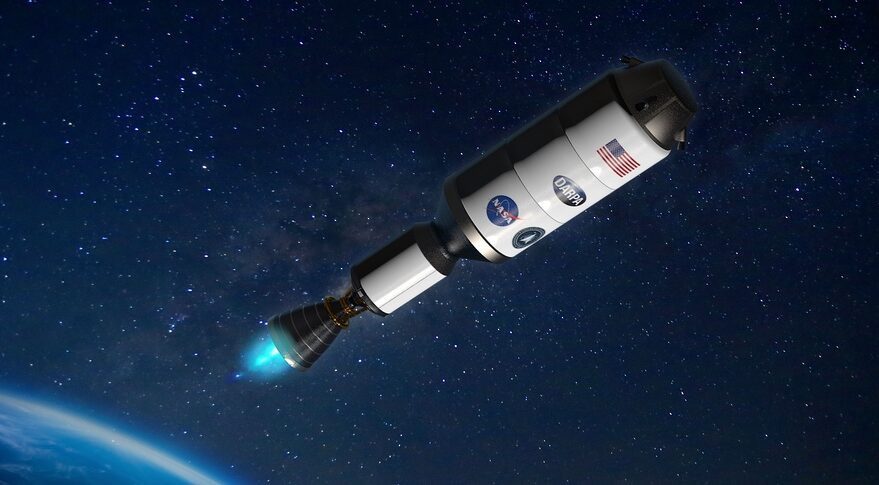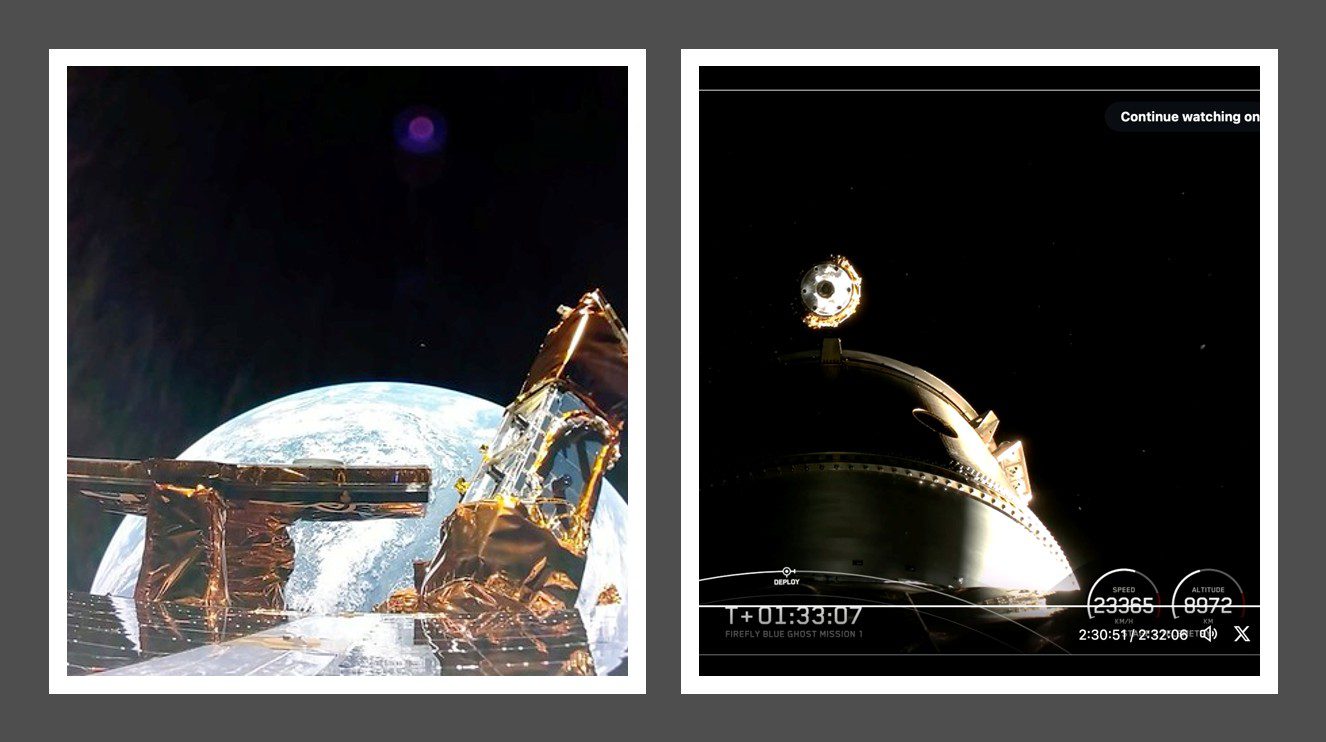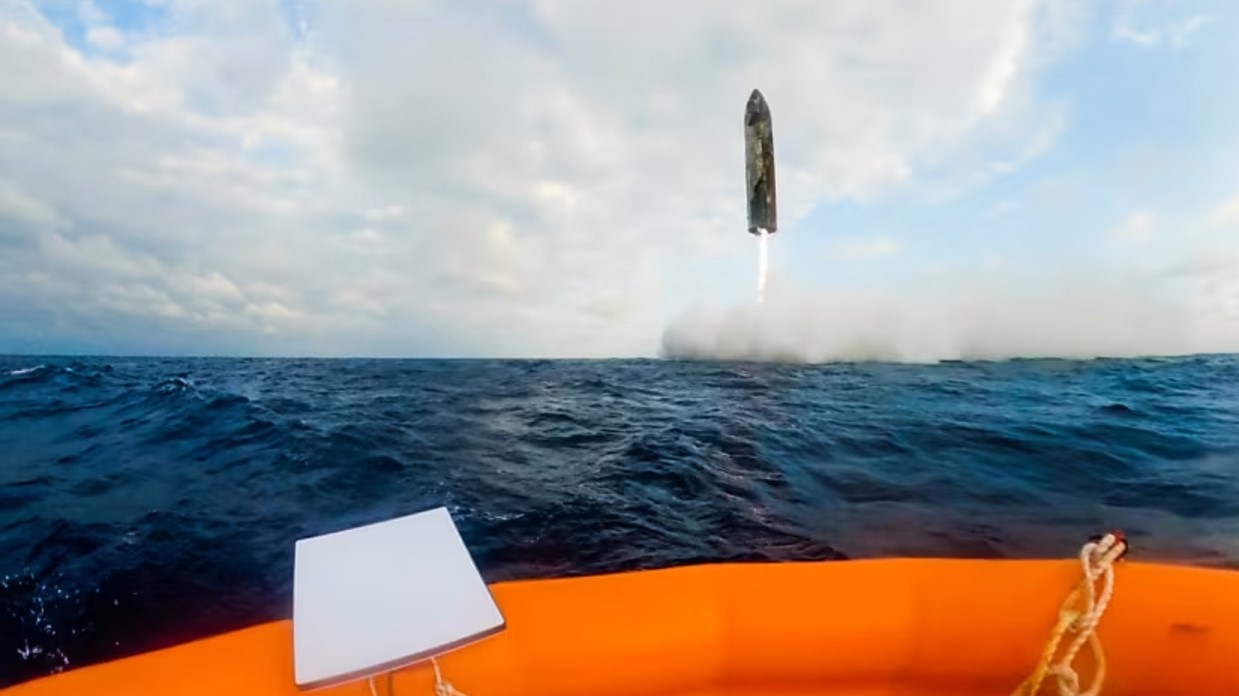Nuclear Thermal rocket propulsion has been mooted since the 1960s. The idea is to use nuclear power to heat rocket propellants so that the Specific Impulse – the efficiency measure of how much “push” you get per kilo of propellants – is more than doubled compared with a pure chemical rocket. In addition, very high thrust is available which electric thrusters cannot achieve even though they have very good Specific Impulses. Such a Nuclear Thermal rocket could significantly increase the amount of payload available on a human Mars mission while shortening travel times.
While ground based test versions of Nuclear Thermal rockets have been built, NASA has never flown an actual example in space. That is about to change with the agreement between NASA and the Defence Advanced Research Projects Agency (DARPA) to fly a NASA-built Nuclear Thermal Propulsion (NTP) engine as part of DARPA’s Demonstration Rocket for Agile Cislunar Operations (DRACO) programme. The NPT will provide the propulsion system for the X-NTRV spacecraft which, despite the project’s cis-lunar name, is due to fly at the higher end of a low Earth orbit in 2027.
The official announcement was made by NASA Administrator Bill Nelson at the AIAA SciTech Forum on 24 January. Nuclear power has been used in orbit before – most notably by Soviet reconnaissance and naval electronic intelligence (EORSAT) satellites. There are concerns over nuclear power being hazardous, especially if material re-enters as happened in 1977 when the accidental decay of Cosmos 954 (Kosmos 954) scattered radioactive debris over Northern Canada. NASA is keen that any radioactive elements will have decayed enough before re-entry is allowed to take place.
DRACO is using high-assay low-enriched uranium (HALEU) fuel. As an added safety precaution, DARPA plans to engineer the system so that the DRACO engine’s fission reaction will only turn on when it reaches space. A fission reactor will accelerate the gaseous propellant via a converging/diverging nozzle in the exact same way as a conventional chemical rocket engine.







